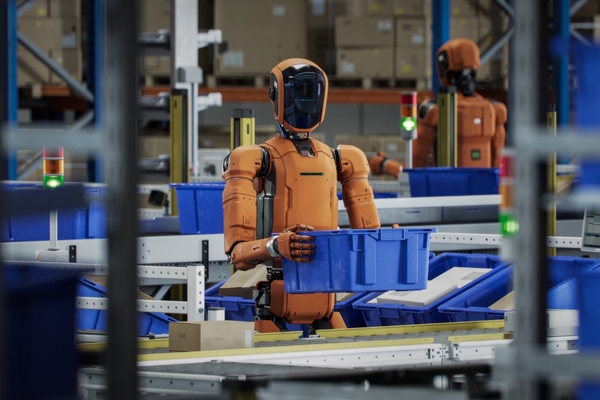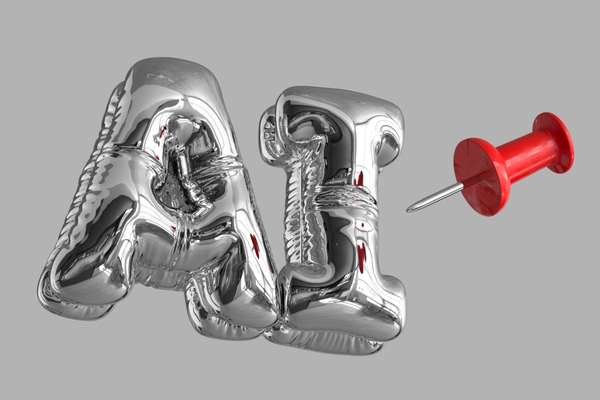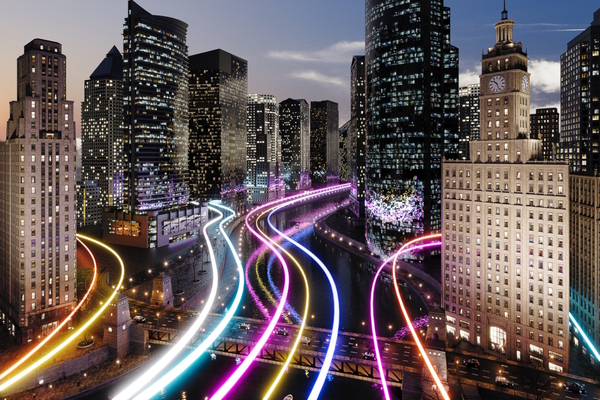Five key drivers accelerating LiDAR adoption in smart cities
Raul Bravo at Outsight explains how real-time, anonymous 3D data is reshaping urban mobility and safety

Cities around the world are undergoing a rapid transformation. As urban populations grow and mobility patterns evolve, the need for smarter, safer, and more efficient infrastructure has never been greater.
At the heart of this shift are Intelligent Transportation Systems (ITS) integrated networks that use data, connectivity, and automation to manage traffic, improve safety, and enhance the flow of people and goods.
One technology is proving pivotal in bringing these systems to life: LiDAR, which stands for Light Detection and Ranging. Once limited to autonomous vehicles and topographic mapping, LiDAR is now powering Spatial Intelligence for cities, enabling real-time insights that are accurate and anonymous. Here are the five key drivers which are accelerating LiDAR adoption across smart cities worldwide.
1. A new layer of insight to ensure security in public spaces
The foundation of any smart city initiative is data, but not just any data. Urban decision-makers and the security teams of museums need information that is accurate, real-time, and three-dimensional. Cameras and radar systems, while common, struggle with depth perception, variable lighting, and privacy concerns.
LiDAR, by contrast, uses laser pulses to capture millions of spatial points per second, creating a live 3D representation of the environment. It can detect and track vehicles and pedestrians with centimetre-level precision, regardless of weather or lighting.
The same precision that helps cities manage traffic can also enhance situational awareness in high-value or high-traffic public spaces such as museums. During the recent heist at the Louvre for example, a LiDAR surveillance system inside and around the museum would have created precise, time-stamped 3D point-cloud data and movement trajectories for anyone approaching, entering, or leaving the building.
The system would also have flagged anomalous events, for example, the presence of people clustered in front of a façade while a vehicle lift is in use, triggering an immediate alert and locking the event to a specific time and location. Those trajectories and timestamps, including height, stride, speed and exact path, could have been correlated with street-level video footage (CCTV or mobile phone clips).
By matching the LiDAR-derived 3D signatures and the flagged anomaly to appearances and movements seen on external cameras before or after the theft, investigators could have quickly turned anonymous street videos into actionable leads and narrowed down suspect identities with greater confidence.
2. Safer and smarter urban planning
Urban planners face constant challenges: congestion, accidents, and uneven pedestrian flows that strain public infrastructure. LiDAR data provides the granularity needed to identify patterns and hotspots from intersections prone to collisions to sidewalks overcrowded at certain hours of the day.
By analysing pedestrian and vehicle movement patterns, cities can proactively redesign crossings, adjust traffic light timings, and optimise signal coordination. When integrated into traffic models, they help determine where to add new bike lanes, widen pavements, or implement traffic-calming measures. In short, LiDAR equips city planners with a real-time, data-driven toolkit to build safer, more efficient transport networks.
3. Motional digital twins: a command centre for cities
One of the most transformative applications of LiDAR data lies in the creation of 3D-native digital twins, virtual replicas of real-world environments that update continuously in real time.
In a smart city context, these digital twins become living (motional), interactive maps that allow officials to visualise, simulate, and manage urban systems from a central dashboard. With today’s web-based software, city engineers and planners can view pedestrian flows, monitor alerts, and test “what-if” scenarios directly through a browser interface.
For example, a transportation department could use a LiDAR-powered motional digital twin to simulate the impact of a road closure, evaluate alternative routes, or assess how a major event affects crowd movement. The result is live spatial awareness that turns reactive city management into proactive, predictive governance.
This integration of LiDAR data and digital twins represents a fundamental shift: it’s not just about collecting information; it’s about visualising and acting on it in real time.
4. Privacy and reliability by design
As cities embrace digital infrastructure, one of the most critical considerations is data privacy. Many sensing technologies, especially cameras, raise concerns around surveillance and personal identification. LiDAR provides a compelling alternative; it captures only geometric shapes and movement patterns, never images or biometric data.
This means LiDAR inherently supports privacy-by-design principles, aligning with strict global standards like the EU’s GDPR. Cities can collect actionable data about crowd behaviour, vehicle flow, or occupancy levels without compromising anonymity.
For smart cities aiming to balance data-driven efficiency with public trust, this combination of accuracy and anonymity makes LiDAR an ideal foundation for future-ready urban analytics.
5. The ecosystem of ITS and 3D sensing
The final driver accelerating LiDAR adoption is its increasing accessibility. As global demand for 3D sensors grows, costs are falling, and software ecosystems are expanding. LiDAR, once seen as a niche or expensive technology, is now a core enabler of scalable ITS solutions.
Modern LiDAR software platforms do far more than collect data; they transform it into actionable insights. By aggregating millions of 3D points, they can analyse traffic density, predict congestion, and even trigger automated responses such as adjusting traffic signals or rerouting vehicles in real time.
This capability extends beyond road traffic. In ports, rail terminals, and airports, LiDAR systems monitor logistics flows, vehicle movements, and safety perimeters with precision. Across these domains, LiDAR is becoming an essential sensor for connected, intelligent infrastructure supporting the broader shift toward autonomous mobility and AI-powered urban management.
Building the smart city of the future
The adoption of LiDAR in smart cities seems to be accelerating as councils seek to optimise mobility, reduce emissions, and enhance safety. From traffic control to infrastructure planning, museum and public safety, LiDAR transforms complex environments into measurable, manageable systems. It lays the foundation for the next generation of connected, sustainable, and human-centred cities.
In the future, as ITS networks expand and digital twins become standard urban tools, LiDAR could become the quiet but indispensable technology enabling smarter, safer, and more responsive cities.
Raul Bravo is President and co-founder of Outsight
Main image courtesy of iStockPhoto.com and Adam Smigielski

Business Reporter Team
Most Viewed
Winston House, 3rd Floor, Units 306-309, 2-4 Dollis Park, London, N3 1HF
23-29 Hendon Lane, London, N3 1RT
020 8349 4363
© 2025, Lyonsdown Limited. Business Reporter® is a registered trademark of Lyonsdown Ltd. VAT registration number: 830519543





